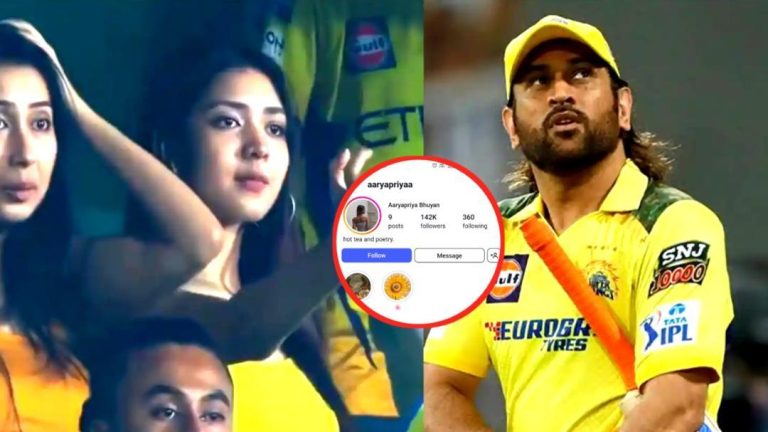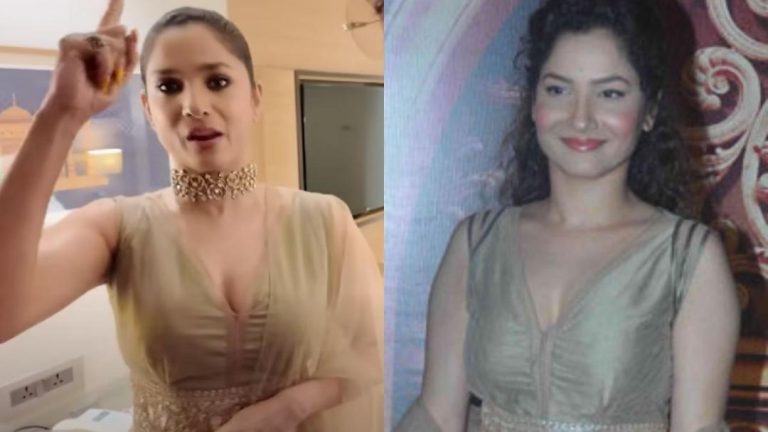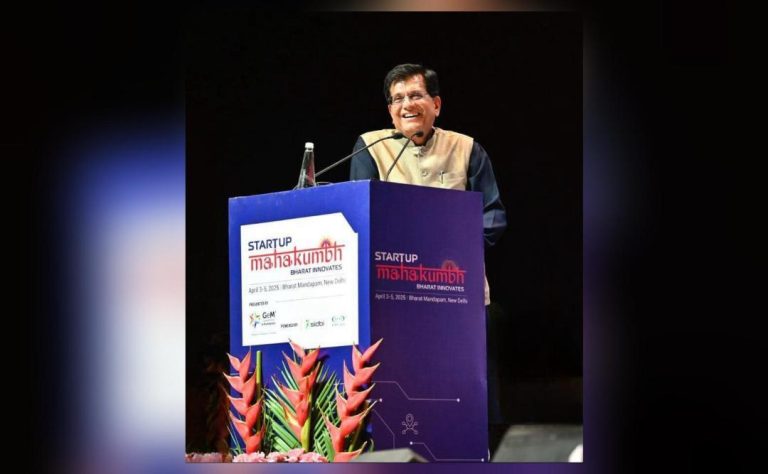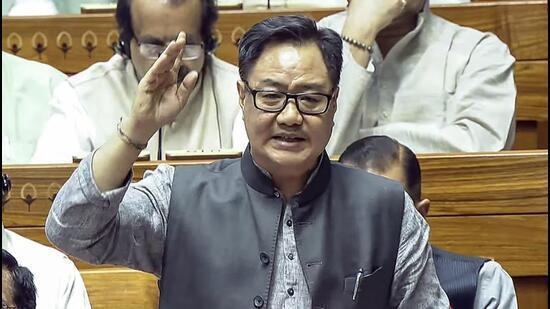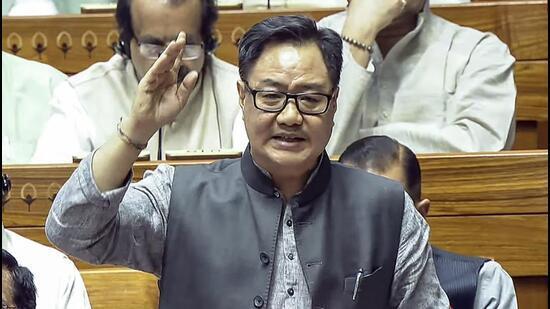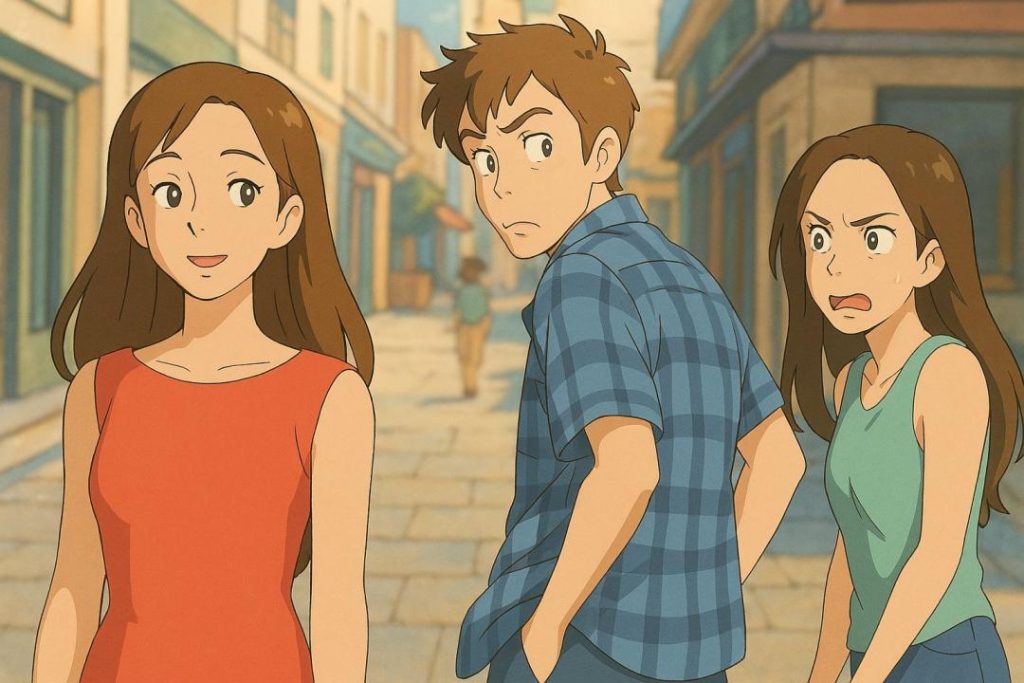
ChatGPT can Revert Ghibli-style Images to Original, User Claims
The world of artificial intelligence (AI) has been making waves lately, and the latest development has left many of us scratching our heads. A social media user recently claimed that ChatGPT, a popular AI language model, can revert Ghibli-style images to their original form. This astounding claim has sparked a heated debate, with many users questioning the implications of AI’s ability to recover personal details.
For those who may not be familiar, Ghibli-style images refer to the distinctive animation style popularized by Studio Ghibli, a renowned Japanese animation studio. The style is characterized by intricate details, vibrant colors, and whimsical landscapes. The claim that ChatGPT can reverse this stylization has raised concerns about the potential for AI to recover sensitive information from images.
But before we dive into the implications, let’s take a closer look at the claim itself. According to the social media user, ChatGPT can use its advanced language processing capabilities to identify the original image beneath the stylized Ghibli-style rendering. This would allow users to recover their original images, potentially without needing to store the original files.
However, experts argue that reversing AI-generated stylization is a complex task. During the transformation process, original details are lost, making it challenging to accurately recover the original image. “The process of de-stylization is like trying to reconstruct a puzzle with missing pieces,” said Dr. Rachel Kim, a computer science expert at Stanford University. “AI models can attempt to fill in the gaps, but the results are often inaccurate and may not match the original image.”
So, how do AI models attempt to de-stylize images? Some tools use machine learning algorithms to identify patterns in the stylized image and then apply those patterns to the original image. However, these algorithms are often limited by the quality of the original image and the level of stylization applied.
In the case of ChatGPT, the model is trained on vast amounts of text data, which enables it to generate human-like text. However, when it comes to processing visual data, such as images, the model’s abilities are limited. While ChatGPT can generate text based on an image, it is not designed to recover the original image.
The implications of this technology are far-reaching, and it’s essential to consider the potential consequences of AI’s ability to recover sensitive information. With the rise of AI-generated content, personal data is being stored in the form of images, videos, and documents. If AI models can recover this data, it could compromise individual privacy and raise concerns about data security.
In recent years, we’ve seen numerous instances of AI-generated content being used for malicious purposes, such as deepfakes and AI-powered propaganda. The ability to recover sensitive information from images could amplify these concerns, potentially leading to serious privacy breaches.
In conclusion, while the claim that ChatGPT can revert Ghibli-style images to their original form is intriguing, it’s essential to approach this technology with a critical eye. Reversing AI-generated stylization is a complex task, and the results are often inaccurate. As AI technology continues to evolve, it’s crucial that we prioritize data security and individual privacy.
